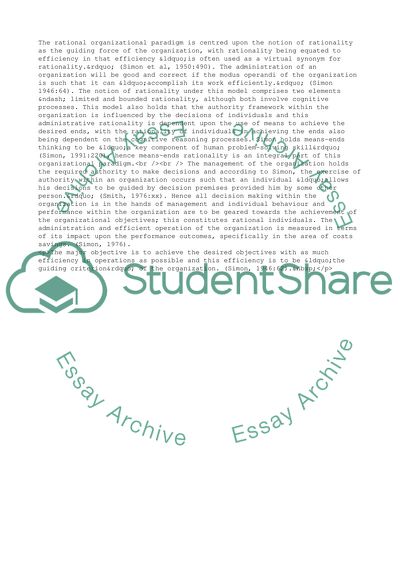Cite this document
(Open and Rational Organizational Paradigms Case Study, n.d.)
Open and Rational Organizational Paradigms Case Study. https://studentshare.org/management/1712237-organizational-paradigms
Open and Rational Organizational Paradigms Case Study. https://studentshare.org/management/1712237-organizational-paradigms
(Open and Rational Organizational Paradigms Case Study)
Open and Rational Organizational Paradigms Case Study. https://studentshare.org/management/1712237-organizational-paradigms.
Open and Rational Organizational Paradigms Case Study. https://studentshare.org/management/1712237-organizational-paradigms.
“Open and Rational Organizational Paradigms Case Study”. https://studentshare.org/management/1712237-organizational-paradigms.


